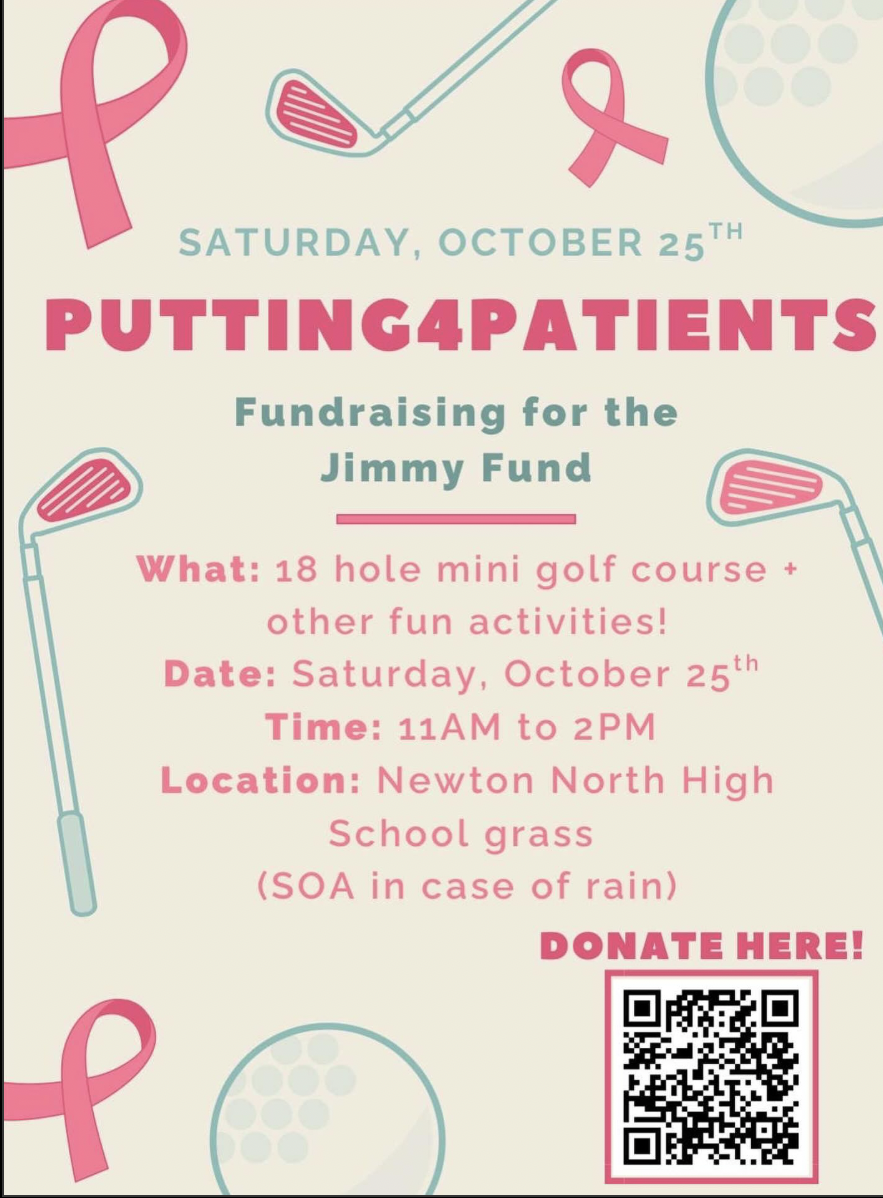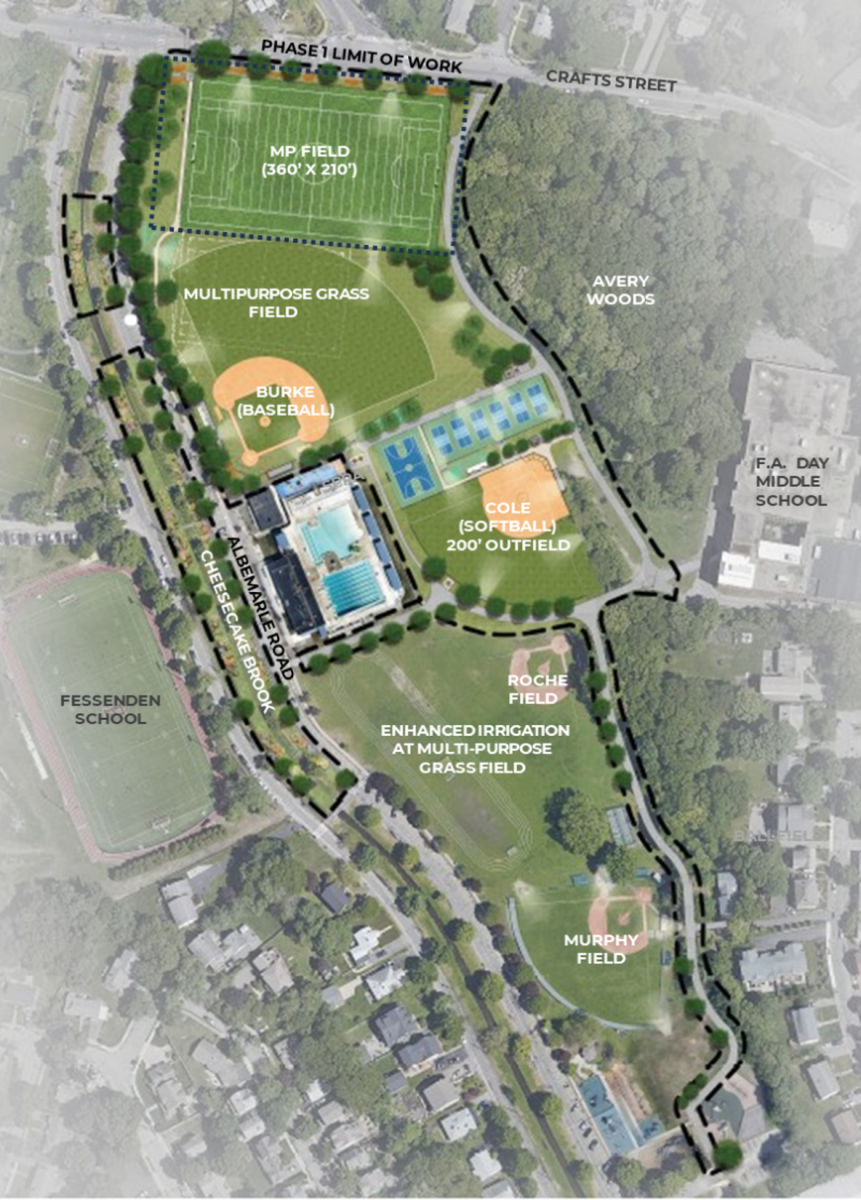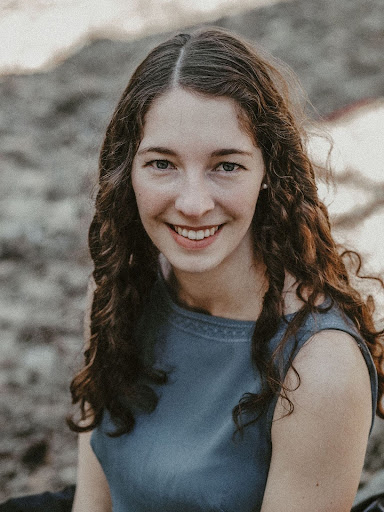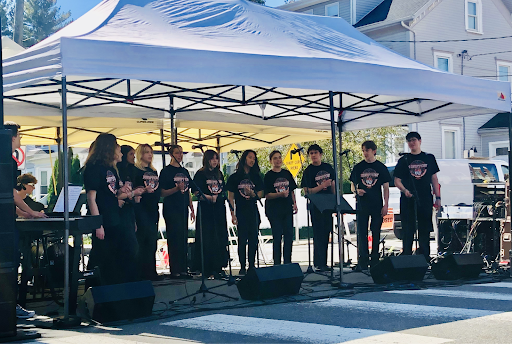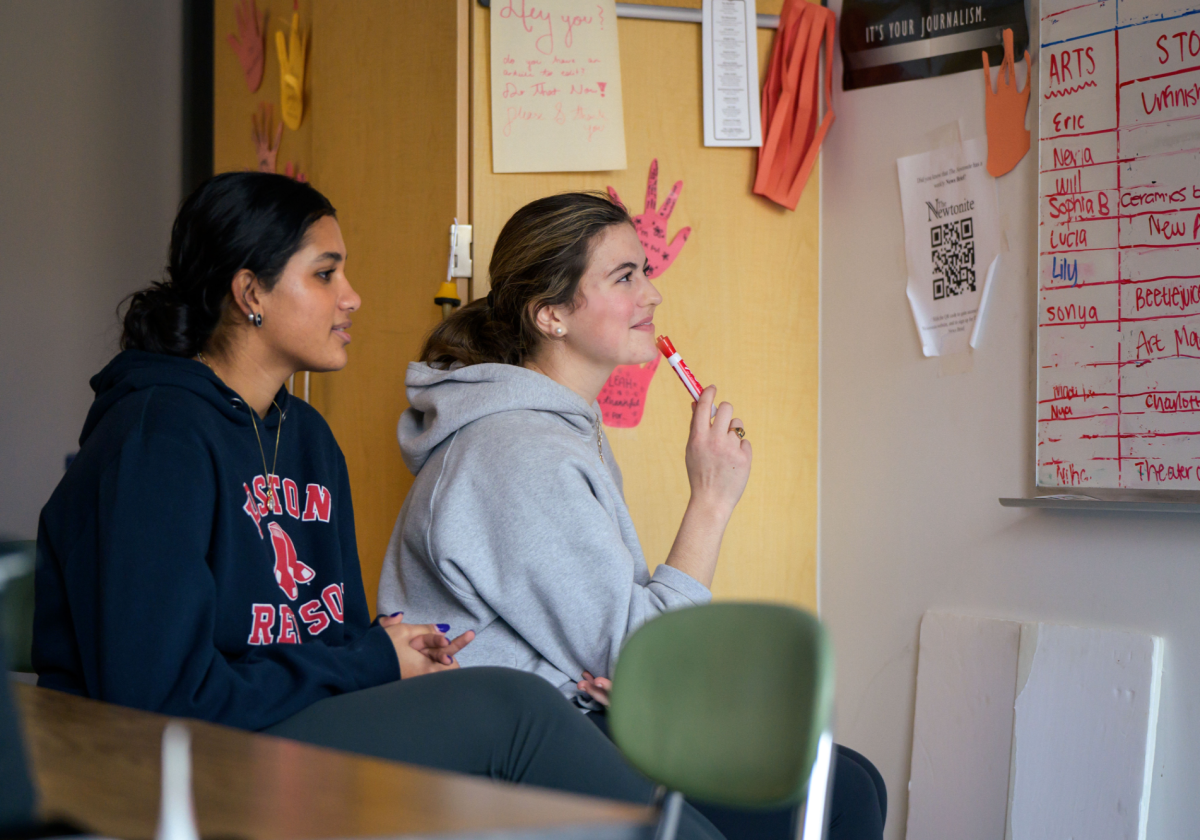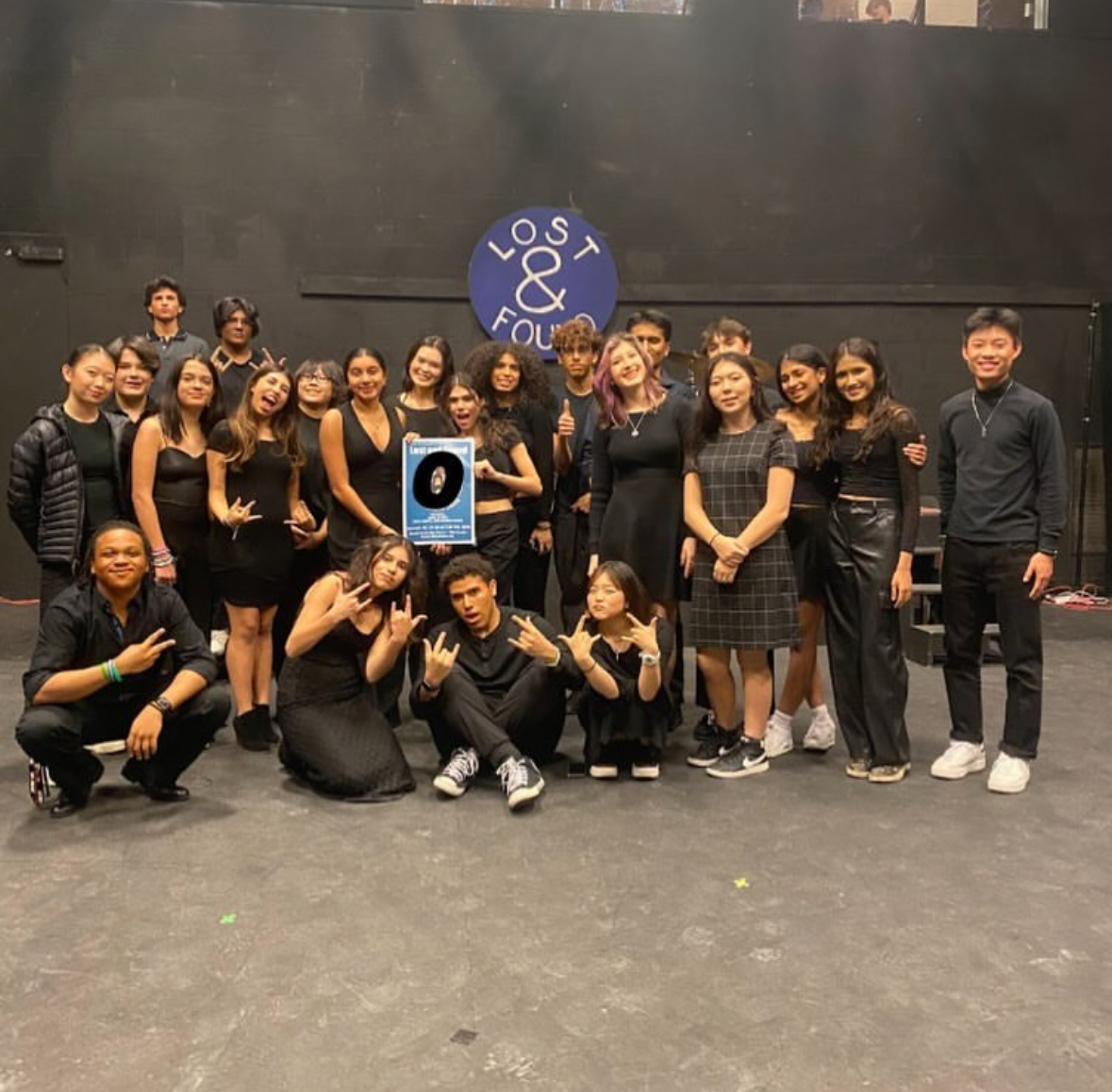 [/media-credit]
[/media-credit]Being an athletic trainer is synonymous with being a specialist in sports medicine and with being someone able to rush to the aid of injured athletes.
Yet, an athletic trainer can also be much more than that.
Teaching career
Not only is athletic trainer Bill McAndrews always prepared to step in if an athlete becomes injured, but he also acts as a physical education/health and wellness teacher.
The courses McAndrews’ teachers include prevention and care of athletic injuries, which he said is a course “we developed for students who might be interested in going into sports medicine and athletic training.”
Additionally, McAndrews instructs a class entitled early childhood education, which enables students to become certified in infant cardiopulminary resusitation (CPR), child CPR, pediatric first aid and adult first aid. In this course, McAndrews also teaches students how to use a child automatic external defibrillator (AED).
Through the work and teaching he does at this school, McAndrews fulfilled his “dream of becoming a physical education teacher.” This is a dream he had since the fifth grade.
He is also able to focus on sports medicine, which was a desire he formalized in high school, he said.
McAndrews smiled as he reflected on how his entire professional life has been here at North. “These two jobs were the only ones that I’ve kept ever since college,” he said.
According to athletic director Tom Guisti, who used to be this school’s athletic trainer, McAndrews did his student teaching and his practical work in athletic training at this school. Then, he received a job here.
Athletic training
Currently, McAndrews’ is responsible for the health and safety of all student athletes at this school, he said.
“Athletes are always susceptible to injuries, as they can happen as a natural part of playing sports,” McAndrews said.
From severe injuries to minor blisters, McAndrews treats them all. He does so by, perhaps, either taping a blister or ice wrapping an ankle sprain.
“If anything happens outside or on our home turf,” he said he is the one present at the scene. McAndrews said he enjoys being the one to cover all day-to-day issues during practices and games.
Athletic trainer coverage of sports is not mandatory everywhere. In fact, “Newton was one of the first towns to have athletic trainers working full time,” McAndrews acknowledged.
The idea of having someone in this position dates back to 1971 when George Jessup became the first trainer in this school community.
Before McAndrews and Guisti, George Jessup was the athletic trainers for the Tigers.
In addition to being an athletic trainer, Jessup coached tennis. While he held these positions, he also worked to advocate for the implementation and start-up of a boys’ gymnastics program.
This school’s tiger mascot as well as a golf cart, which is shown in a photograph on a wall in Guisti’s office, were named after Jessup. Additionally, a three-year $500 Jessup scholarship is awarded to exceptional athletes.
“Athletic trainers can contribute greatly” to this school, according to Guisti, as evidenced by the Jessup’s many accomplishments.
Importance of safety
Today, the Massachusetts Interscholastic Athletic Association (MIAA), mandates that all three levels of high school football, freshman, junior varsity and varsity, must be covered by either an emergency medical technician, athletic trainer or medical doctor. The MIAA also demands that varsity boys and girls ice hockey games have medical coverage.
“Those sports can’t go on unless I’m there, so I tend to prioritize which games I attend according to the schedules of the games,” McAndrews said.
While other games can proceed without the presence of an athletic trainer, it is still better to have on in attendance because athletic trainers give people a sense of safety and security at sporting events, he added.
Through the process of having worked extensively with students and the community, McAndrews said he iss learned that “sports aren’t the end of everything.”
Ultimately, the health of the athlete and the season mean more, he said. McAndrews emphasized that “the big picture should be focused on more than just living in the moment.”
He stated that he tends to tell pupils to avoid irrational and unsafe decisions.
“The coaches job is to get the kids to play, the athletes’ job is to want to play and my job is sometimes making sure they are prepared to play safely,” he said.
Although it can be hard, McAndrews said he has to make sure that everything he does is in the best interest of students.
“I feel obligated to keep them safe. I have to think big picture,” he said.
He is comforted by the fact that “coaches are good at that and they understand that high school sports should be kept safe and fun — with emphasis on the safe, of course.”

